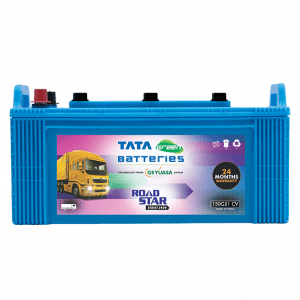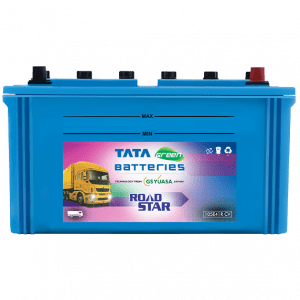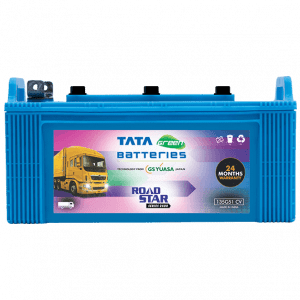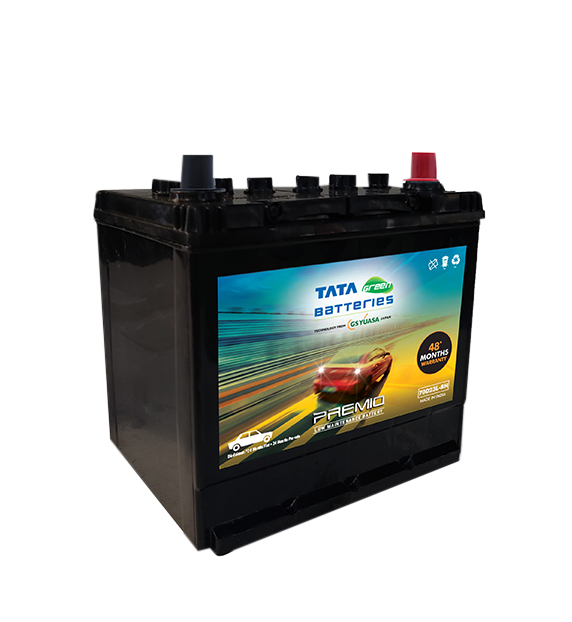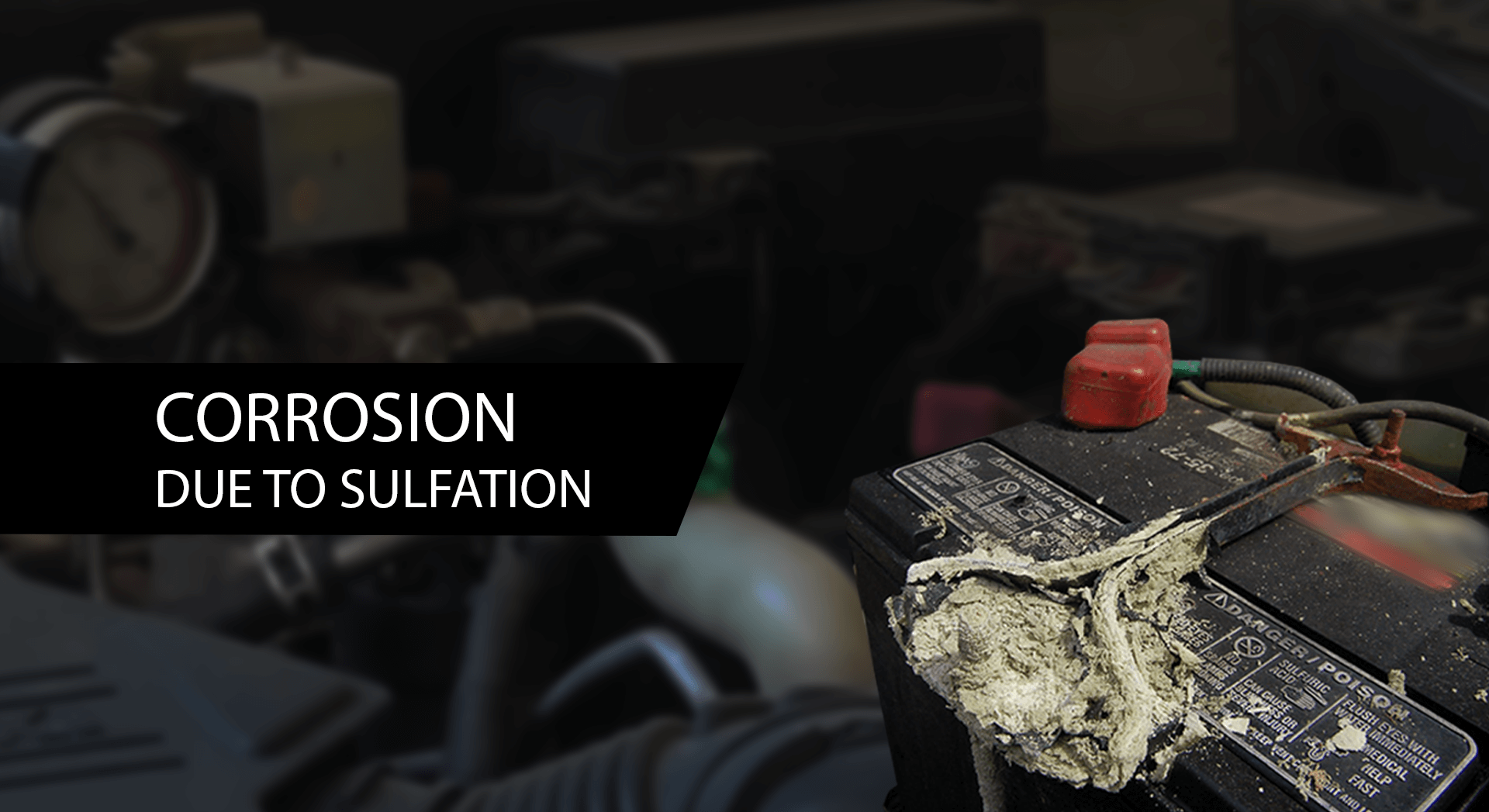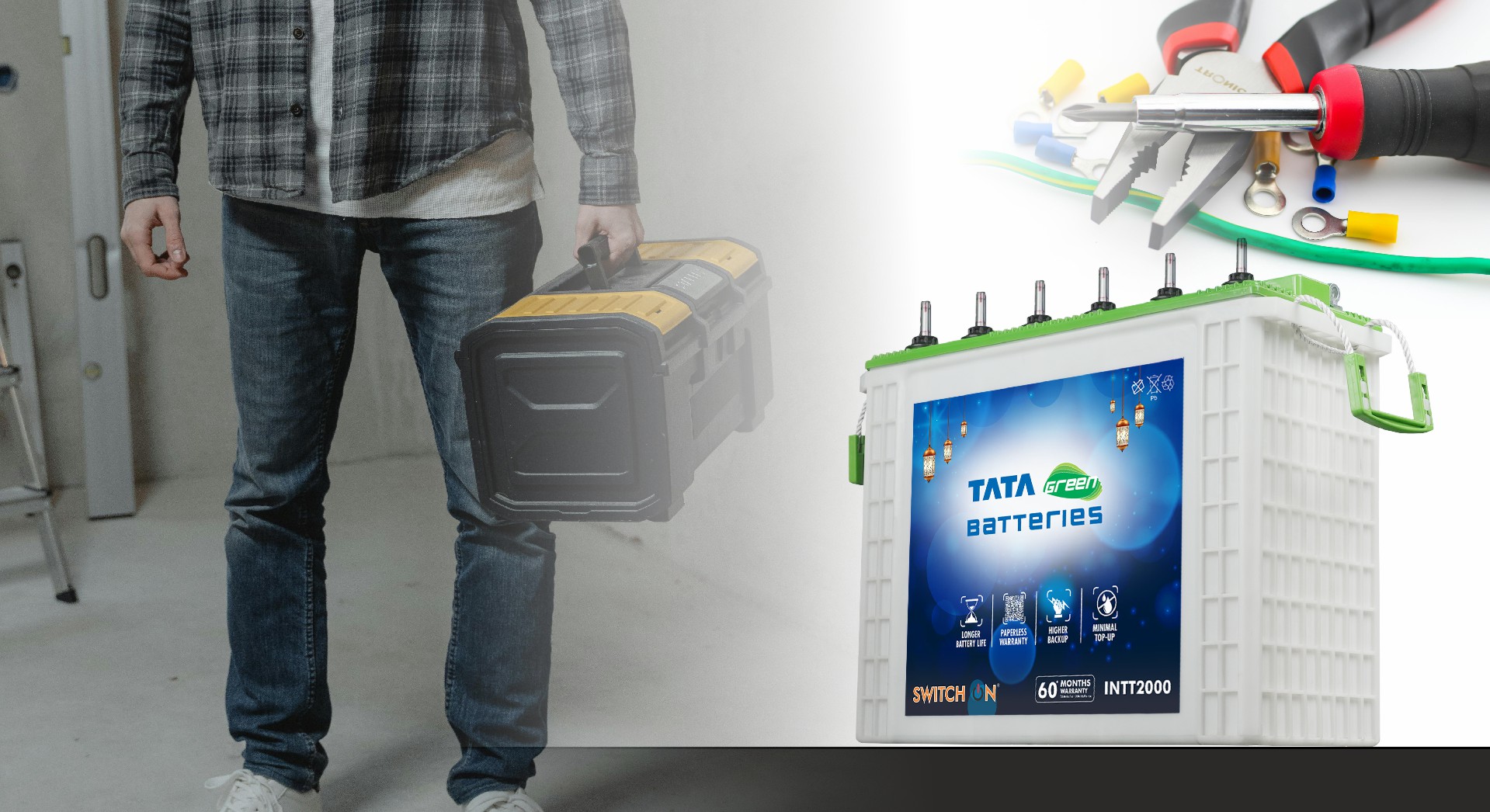A well-maintained battery keeps your tractor ready when you need it most.
-
Regular Inspection
Check the tractor battery case for cracks, leaks or swelling to spot damage early. Ensure terminals are tight, corrosion-free and the battery is firmly secured in place.

-
Cleanliness
Keep the battery surface dry and free of dirt to prevent short circuits. Clean terminals with a baking soda-water mix, then coat clamps with petroleum jelly to resist corrosion.
-
Electrolyte and Water Levels
Maintain electrolyte levels at least 10mm above the plates using only distilled water. Top up after charging unless the level is critically low beforehand.
-
Charging and Electrical System
Use a voltmeter to check voltage (12.6–12.8V when off, 13.5–14.5V running). Avoid letting the charge drop too low, and check alternator output regularly.
-
Ventilation and Safety
Keep vent holes open for gas release to avoid pressure buildup. Wear gloves and goggles and neutralise any acid residue with washing soda.
-
Cable and Frame Connections
Ensure all cable and frame terminals are tight and the earth strap is secure. Inspect the battery tray and clamps for rust or wear.
-
Fan-Belt Tension
Check that the fan belt is firm but not overly tight. Loose belts can reduce charging efficiency and lead to poor battery performance.
-
Storage and Infrequent Use
Disconnect the battery if the tractor will be unused for a long period. Store it in a cool, dry place and recharge it monthly during storage.
Pro Tip: Your tractor handles heavy work. Don’t let the battery sit idle for too long. Start it every few days to keep the charge active and ensure smooth starts.







